What does this short animated clip have to do with John Singer Sargent or children’s book illustration?
A quoi ca sert l’amour, a short animation by Louis Clichy, with thanks to illustrator and animation/game artist Amanda Williams for finding this. She called it “brutal and adorable.”

If a child-friendly story had illustrations with these lines — and visual characters as memorable as these, and color the way John Singer Sargent used it in his painted scenes, it would be some picture book, right?
I’m assembling my fantasy football — I mean illustration project — team here.
So, starting with the cartoon: What makes these stick figures tug at your emotions as they do?
The honesty? That we know these people? And been these people?
The “simple” (but oh-so-sophisticated) graphics with their varied perspectives and 360 degree “camera revolutions”?
All the fast cutting and surprise transitions?
The song? Edith Piaf’s and Theo Sarapo’s singing?
The subject?
Could some of this aplomb be translated into picture book illustrations?
Are these enough questions for now?
OK, so let’s add some color and texture. John Singer Sargent had a knack for these.

Thanks to Chicago based painter Raymond Thornton for finding this.
I know. Sargent is the painter who gives all other painters inferiority complexes. We don’t now a lot about how he made his palette choices. (We know that he looked carefully.)
So enough with dream teaming. We’ve got some housecleaning items today.
Two powerhouse chapters of the Society of Children’s Book Writers and Illustrators (SCBWI) have announced their 2010 pow-wows — both set for early next year.
It’s Time to Mingle in Texas
Awesome Austin
Austin SCBWI comes first with Destination Publication featuring a Caldeecott Honor Illustrator and Newberry Honor Author, along with agents, editors, more authors, another fab illustrator, critiques, portfolio reviews and parties.
Mark the date – Saturday, January 30, 2010 from 8:00 a.m. – 5:30 p.m. Get the full lowdown and the registration form here. Send in your form pronto if you’re interested — more than 100 people have already signed up. Manuscript crtiques are already sold out. But a few portfolio reviews are still open at this writing!
Destination Publication features Kirby Larson, author of the 2007 Newbery Honor Book, Hattie Big Sky and Marla Frazee, author-illustrator of A Couple of Boys Have the Best Week Ever, which received a Caldecott Honor Award, and more recently All the World penned (all 200 words of it) by Austin’s own children’s author/poet Liz Garton Scanlon.
Frazee teaches children’s book illustration at Art Center College of Design in Pasadena, CA. She and Scanlon plan to talk about their collaboration. You can read wonderful essays by them on this very topic here.

"All the World" by Liz Garton Scanlon and Marla Frazee
The faculty also includes: Cheryl Klein, senior editor at Arthur A. Levine Books/Scholastic, Lisa Graff, Associate Editor at Farrar, Straus and Giroux Books for Young Readers, Stacy Cantor, Editor, Bloomsbury USA/Walker Books For Young Readers, Andrea Cascardi agent with Transatlantic Literary Agency (and a former editor), another former editor, Mark McVeigh who represents writers, illustrators, photographers and graphic novelists for both the adult and children’s markets, and agent Nathan Bransford.
The conference also features authors Sara Lewis Holmes, Shana Burg, P. J. Hoover, Jessica Lee Anderson, Chris Barton, Jacqueline Kelly, Jennifer Ziegler, Philip Yates, and illustrator Patrice Barton.
Read more about everyone here.
Happenin’ Houston
Houston SCBWI has announced the (still developing) lineup for its conference just three weeks after Austin’s: Saturday, February 20, 2010. Registration is NOW OPEN.
It headlines Cynthia Leitich Smith, acclaimed author of short stories, funny picture books, Native American fiction, and YA Gothic fantasies, Ruta Rimas, assistant editor Balzer & Bray/HarperCollin, and Patrick Collins, creative director at Henry Holt Books for Young Readers. Collins art directs and designs picture books, young adult novels and middle grade fiction.
Among the recent picture books he has worked on: Baby Bear, Baby Bear, What Do You See?, Old Penn Station and Rosa, which was a Caldecott Honor book.
The conference also features Alexandra Cooper, senior editor at Simon & Schuster Books for Young Readers, Lisa Ann Sandell, senior editor at Scholastic Inc., and Sara Crowe, an agent with Harvey Klinger, Inc. in New York.
You can download Houston conference info and registration sheets from this page.
No, you don’t have to be Texan to register for either of these big events. You just have to be willing to get here for them.
Remember that just about any SCBWI conference or workshop is a great education for a very modest investment.
* * * * *
Speaking of great educations for a very modest investment, Mark Mitchell, author of this post and host of this blog teaches classes in children’s book illustration at the Austin Museum of Art Art School and online. Learn more about the online course here — or sample some color lessons from the course here.










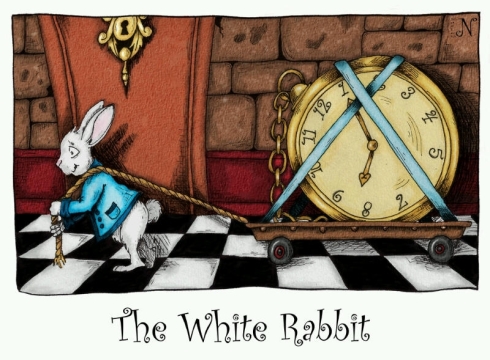
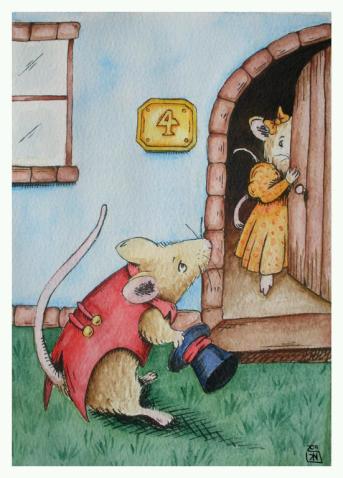




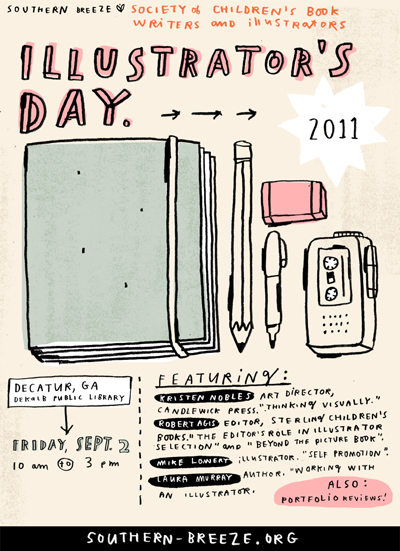



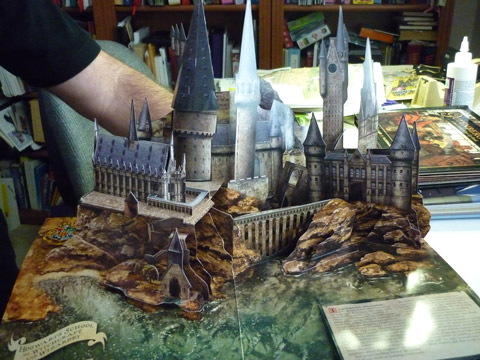


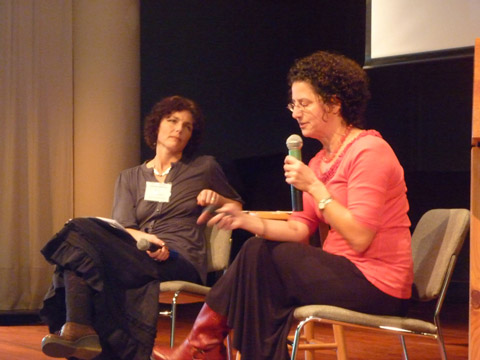
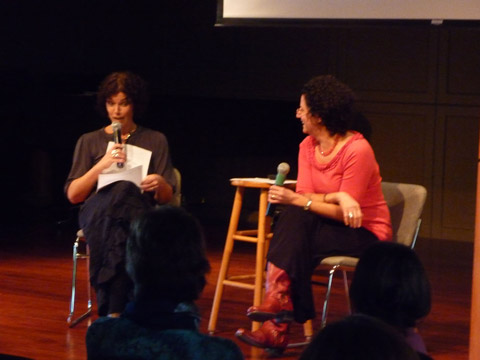
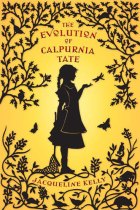

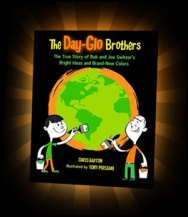











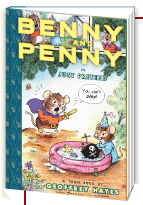
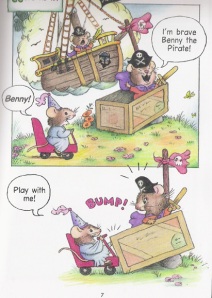
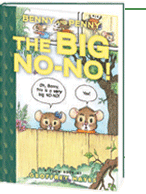
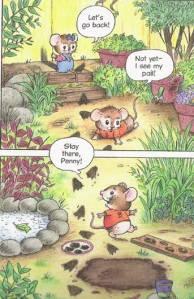
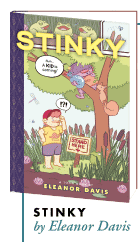

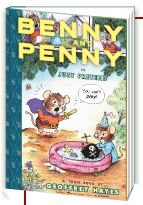
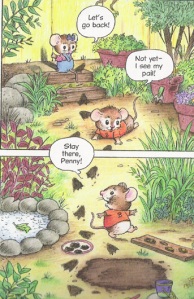
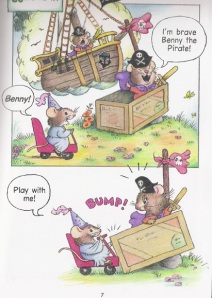
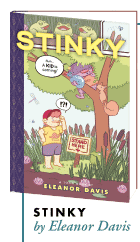


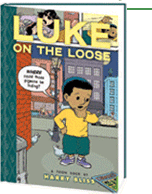










Thank you so much. How could anyone read this post and not be inspired?
Like the blog! And very interesting post, thank you
Thanks, Ivan. I’m glad you enjoyed the post and wrote in!
-Mark
[...] Spend a moment watching award winning children’s book illustrator E.B. Lewis demonstrate painting some watercolor scenes for the Austin Chapter of the Society of Children’s Book Writers and Illustrators (Austin SCBWI) back in February and read more about the work and ideas of this New Jersey based fine artist in the latest post on How To Be A Children’s Book Illustrator. [...]
Great post, Mark. And congratulations on your award! You do so much for the art community!
Thank you, Laurie! I’m so glad you liked the post. Hey, anytime you’d like to write about something related to children’s books, illustration, art or your own projects as a writer or illustrator — in other words, do a guest post here (including an image or two) and link to anything meaningful or related that you want, please let me know. I love it when students post — especially when they’re already writers, like you are. And I do offer a bit of payment when I accept an original piece.
-Mark
Thank you, Elizabeth and/or Lynette! Your blog is charming.
Mark